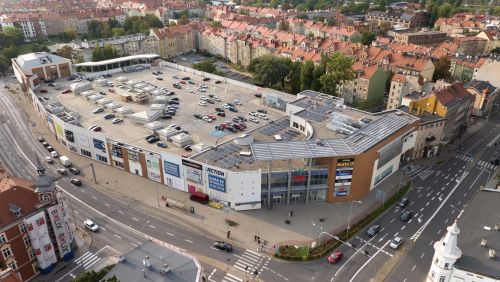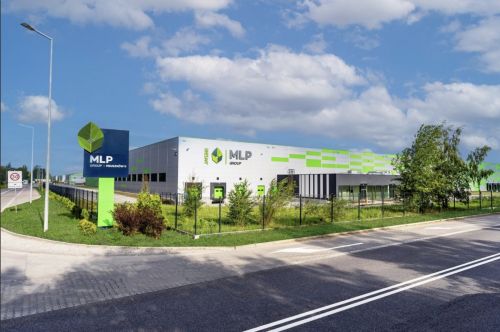The drive for replacement planting, according to Małgorzata Dębicka, a lawyer in the environmental protection and natural resources practice of law firm Dentons, really got underway in Poland due to the passing of the nature protection act of 1991, which stipulated that trees and shrubs that had been removed had to be replaced with new plantings, and these regulations were later amended by another act in 2004. However, both the Polish constitution and international law make it clear that development should be sustainable and that if damage is done to the environment, action should be taken to compensate for this. “Planting trees and shrubs to compensate for the damage people do to the environment requires the number of trees and shrubs planted to be no less than those removed. What this entails is that the negative effects of human action resulting from, for example, preparing a development for construction, are at least to some extent reduced,” explains Karol Szymańczyk































































